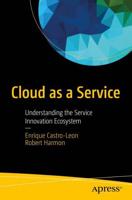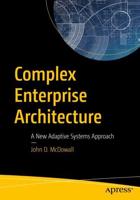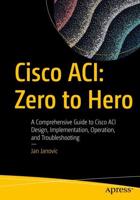Publisher's Synopsis
In a dynamic computing environment, such as the Grid, resource management plays a crucial role for making distributed resources available on-demand to anyone from anywhere at any time without undermining the resource autonomy; this becomes an art when dealing with heterogeneous resources distributed under multiple trust domains spanning across the Internet. Today Grid execution environments provide abstract workflow descriptions that need a dynamic mapping to actual deployments; this further accentuates the importance of resource management in the Grid.
This monograph renders boundaries of the Grid resource management, identifies research challenges and proposes new solutions with innovative techniques for on-demand provisioning, automatic deployments, dynamic synthesis, negotiation-based advance reservation and capacity planning of Grid resources. The Grid capacity planning is performed with multi-constrained optimized resource allocations by modelling resource allocation as an on-line strip packing problem and introducing a new solution that optimizes resource utilization and QoS while generating contention-free solutions.
On-demand resource provisioning becomes possible by simplifying abstract resource descriptions independent from the concrete installations. The book further explains the use of the semantic web technologies in the Grid to specify explicit definitions and unambiguous machine interpretable resource descriptions for intelligent resource matching and synthesis; the synthesis process generates new compound resources with aggregated capabilities and prowess. The newly introduced techniques haven been developed and integrated in ASKALON Grid application development and runtime environment, deployed in the Austrian Grid, and demonstrated through well performed experiments.









